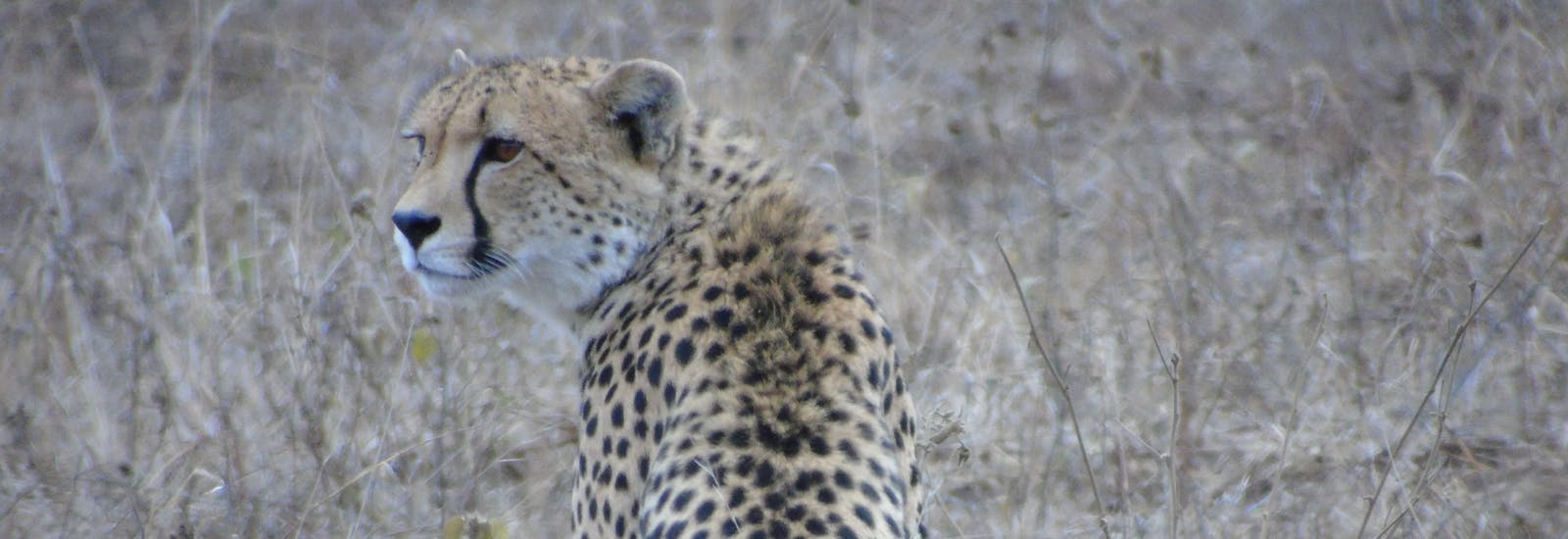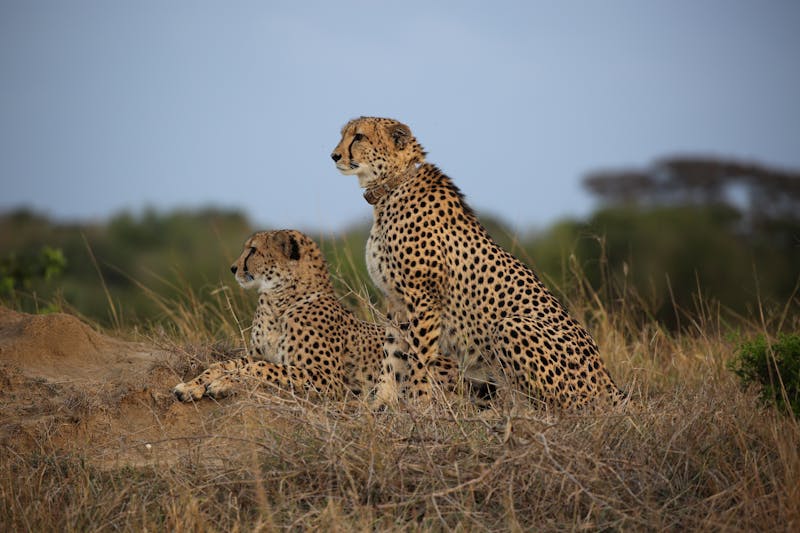
Lightning-fast facts about cheetahs - catch them while you can (Infographic)
You might already know that the cheetah is the world’s fastest land mammal, reaching speeds of up to 70mph in just three seconds, but there’s a lot more to this lightning-fast animal than meets the eye. From their distinctive facial marks that reflect the glare of the sun to their powerful and muscular tails that are used for incredible balance, the cheetah is an agile, intelligent and beautiful animal.
Despite their sharp hunting skills and tremendous ability to escape danger, cheetahs have a conservation status of ‘vulnerable’. Unless we make efforts to protect these animals, their lives will further be at risk and their numbers will continue to dwindle.
In this infographic, we highlight some quick facts about cheetahs and explain how you can get involved in conservation projects that are focused on studying, assisting and protecting these amazing animals.

Read the stats from the cheetah infographic below!
Africa's most endangered wild cat, the cheetah is best known as the fastest land animal in the world - reaching speeds of up to 70mph in just three seconds!
Identified by their distinctive black spots on golden coats cheetahs are mostly found throughout sub-Saharan Africa, but are also found in North West Africa and even in Iran. Cheetahs are nomadic and have massive home ranges. Males are either solitary or form male coalitions usually with sibling males. Females are always solitary except when mating and raising young.
Cheetah fact file
Status: Vulnerable
Population: Unknown
Scientific name: Acinonyx jubatus
Size (Adult): 44 - 53in long
Weight (Ault): Up to 140lbs
Max speed: 70mp/h
Habitat: Woodland areas, desert, semi-desert and open grassland
Where can cheetahs be found?
- Algeria
- Angola
- Benin
- Botswana
- Burkina Faso
- Central African Republic
- Chad
- Ethiopia
- Kenya
- Mali
- Mozambique
- Namibia
- Niger
- South Africa
- Tanzania
- Uganda
- Zambia
- Zimbabwe
Did you know?
- Cheetahs spend daybreak and dusk stalking and chasing prey, with their preference for food mainly being gazelles. When caught, food is hidden but is often taken by vultures and other scavengers.
- Cheetah cubs have longer hair than adult cheetahs. Combined with their colouring, this makes them resemble honey badgers and facilitates blending into tall grass, to deter lion and hyena attacks.
- Cheetahs typically Live for 10 - 12 years in the wild, but have been known to reach 20 in captivity!
- Cheetah claws don't retract entirely, helping them to grip the surface when chasing prey.
- Cheetahs have incredibly muscular hearts, larger-than-normal lungs and nostrils to help process more oxygen when running.
- Cheetahs only need to drink every 3 - 4 days and can go without water for up to 10 days.
- Cheetah tails are extremely muscular and help with balance when running.
- A mother cheetah will care for up to eight cubs per litter.
- Cheetahs have markings running from their eyes to the outside of their mouths which reflect the glare of the sun.
Volunteer with cheetahs at African Conservation Experience
Learn more about cheetah conservation in their natural habitat with an unforgettable on-the-ground experience at African Conservation Experience.
With opportunities to participate in scientific research studying cheetah populations. From conservation work to tracking and monitoring, field research, and much more, ACE's 'Phinda Wildlife Research Project' is a once-in-a-lifetime adventure that makes a difference.
If you’d like to learn more about cheetah conservation work in Africa, take a look at our Phinda Wildlife Research Project.
Phinda Wildlife Research Project
Want to work with cheetahs in Africa? This project gives you the chance to work with field researchers in a Big Five safari reserve.
You’ll be working alongside a conservation research team helping to develop a detailed population database, conducting behavioural studies on predator populations and tracking lion and cheetah movements to name just a few aspects of the project.
If you’re interested in cheetah conservation work in Africa, you can start your adventure today by taking a look at our Phinda Wildlife Research Project.


